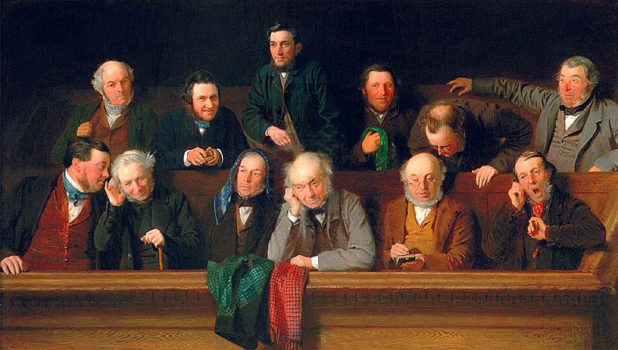Though Ballard Injury Law does not handle medical malpractice claims, the recently decided McCrosky case deserves discussion. The Supreme Court affirmed several other matters that do affect nearly all personal injury claimants. One of these is the Collateral Source Rule.
Collateral Source Rule is Intact
What typically happens when a person is injured due to the fault of another person, the injured party will seek out medical care. That care is most often paid for by private medical insurance, Medicare or Medicaid (in Nevada)/ Medi-Cal (in California). Those sources of payment for medical bills are considered “collateral sources”, meaning they are a source of money that is collateral to the patient — an entity that is not the patient that is paying for the bill.
The injured person will typically not be out-of-pocket for the entirety of the medical bills due to the existence of Collateral Sources. If the patient has private medical insurance, they might have to pay the deductible or co-pay as they would with any other medical treatment, but, otherwise, the collateral source pays the bill. However, that is not the end of the flow of money.
Collateral sources then put a lien on the file of the injured patient who makes a claim against a third party for the damage. The collateral sources have rights to be reimbursed from any recovery. These are called subrogation rights. So, it is not free money.
Despite the fact that the collateral sources want (and demand) to be paid back, counsel for the person or company sued will want to introduce at trial, and present in front a jury, the fact that plaintiff (injured party) did not pay the medical bills, but that Collateral Sources did. At times in the past this was allowed, but it is not legal to present that information in Nevada trials. This is called the “Collateral Source Rule”.
This rule exists to prevent juries from unfairly reducing a plaintiff’s claim. American law allows medical bills to be part of the damages sought in a personal injury lawsuit. To allow a jury to reduce or discount those would be unfair. This is the reasoning behind prior case law, especially a 1996 Nevada Supreme Court case called Proctor v. Castelleti.
It should be noted that California also has a Collateral Source Rule, which was recognized and affirmed by the California Supreme Court in 1970 in Helfend v. Southern Cal. Rapid Transit Dist. If an injured party receives some compensation for his injuries from a source wholly independent of the party causing the injuries, that payment should not be deducted from the damages which the plaintiff would otherwise collect from the party causing the injuries.
What the insurance companies, Medicare, Medicaid and Medi-Cal pay the health care providers is not necessarily what the provider charges for the service, labs or diagnostics. The amount paid for the service is usually a lot less than what is being charged. Insurers, Medicare, Medicaid and Medi-Cal have pre-negotiated rates with the health care providers below what the providers consider to be “market value” for the services. This differential has become a hotly debated issue in California courts, and an issue addressed in other places on our website.
Supreme Court’s Affirmation Important
One could say that it is not significant that the Court affirmed the existence of the Collateral Source Rule, but it is. Court decisions can chisel away at established law and change the direction of it, causing a trend away from what has been established. The Nevada Supreme Court could have done that in McCrosky, but it elected to affirm its’ use in general personal injury actions.
It did however distinguish how collateral source payments are handled in medical malpractice (professional negligence) claims. That is because collateral source payments are allowed to be introduced in front of juries in these trials due to a change in law as a result of a ballot proposition in 2004. In the final analysis, the Court strikes down Nevada law (NRS 42.021) pertaining to Collateral Source Rule in medical malpractice cases where the Collateral Source is the Federal Government, i.e. Medicare or Medicaid.

